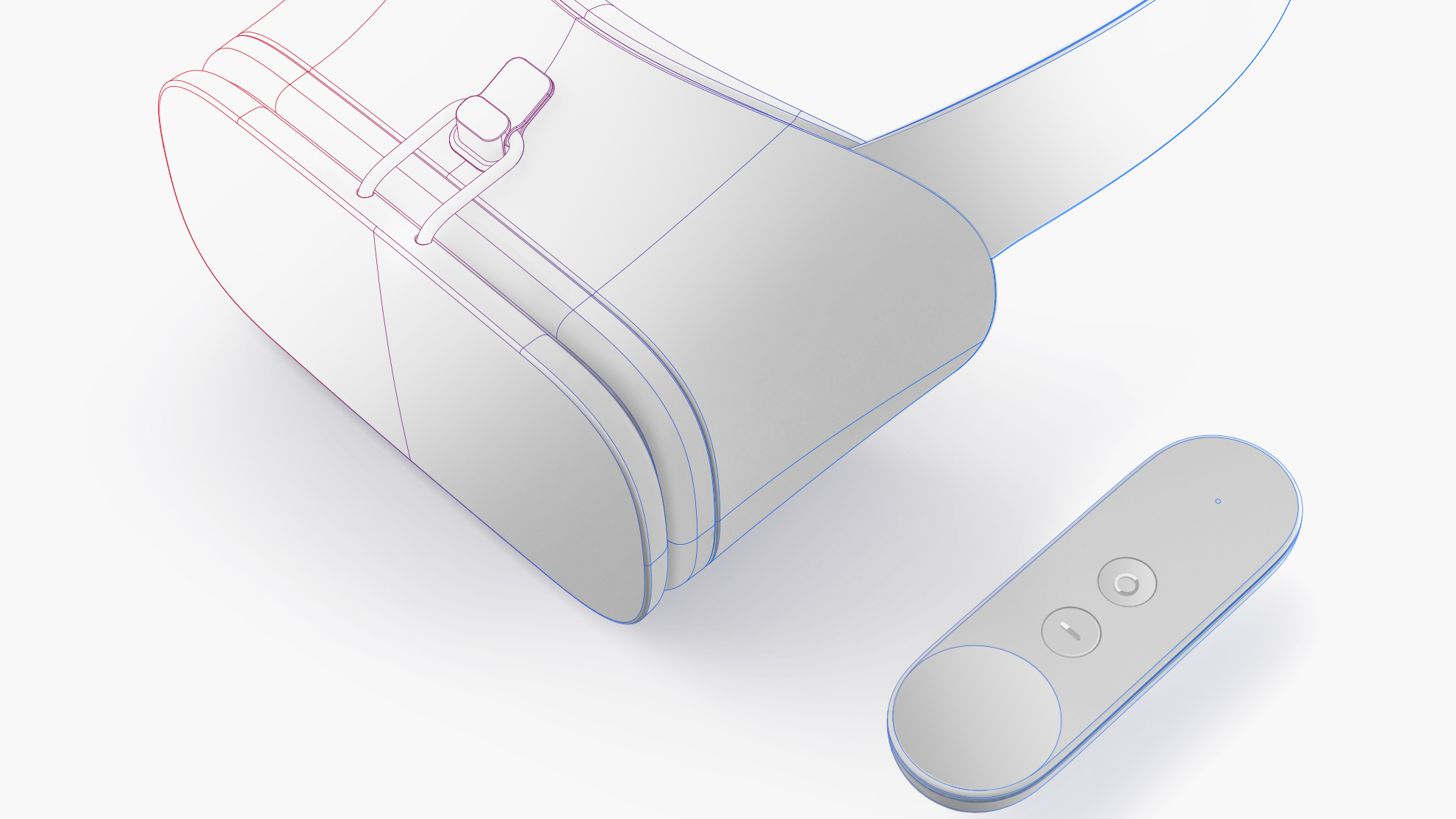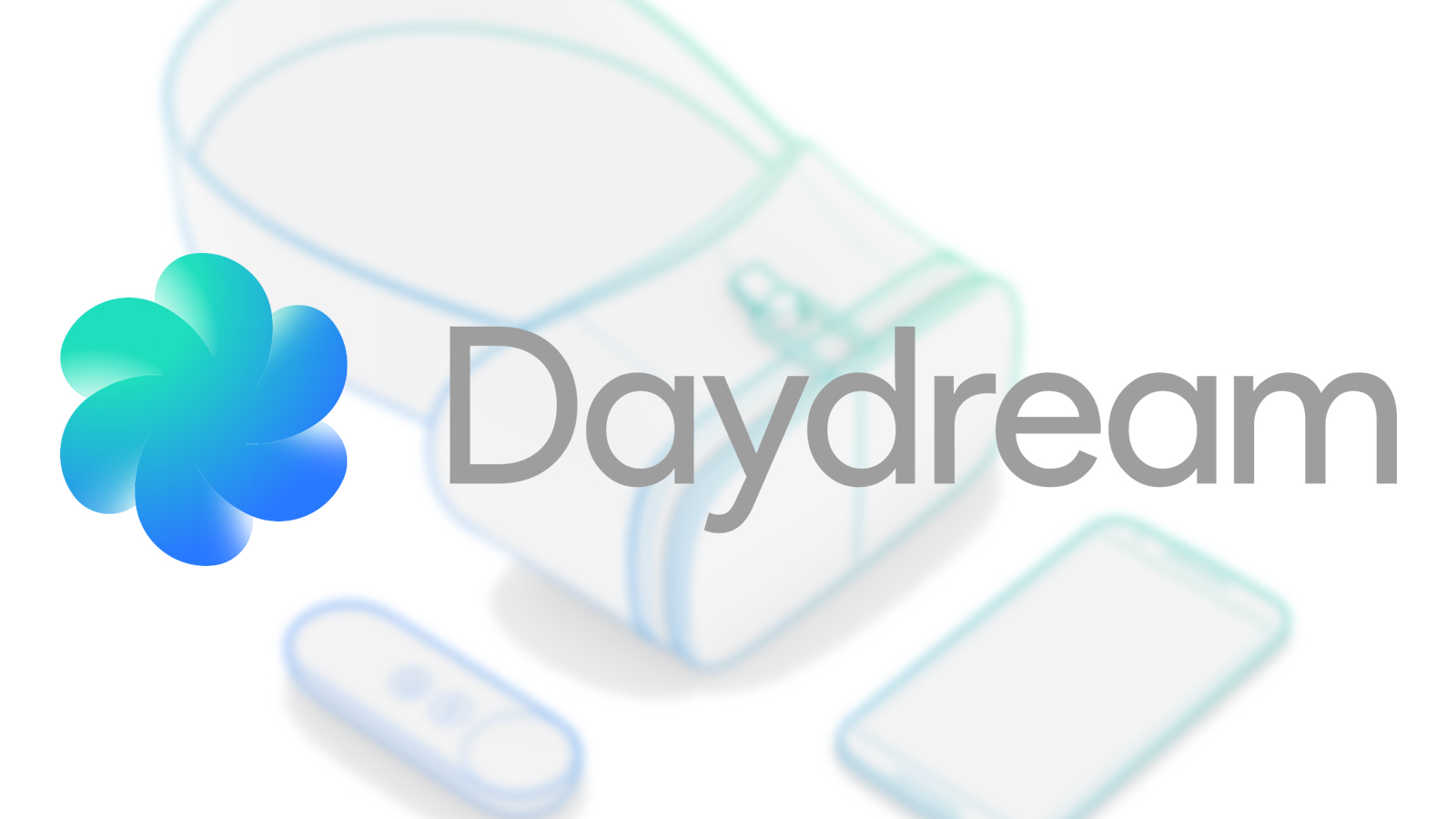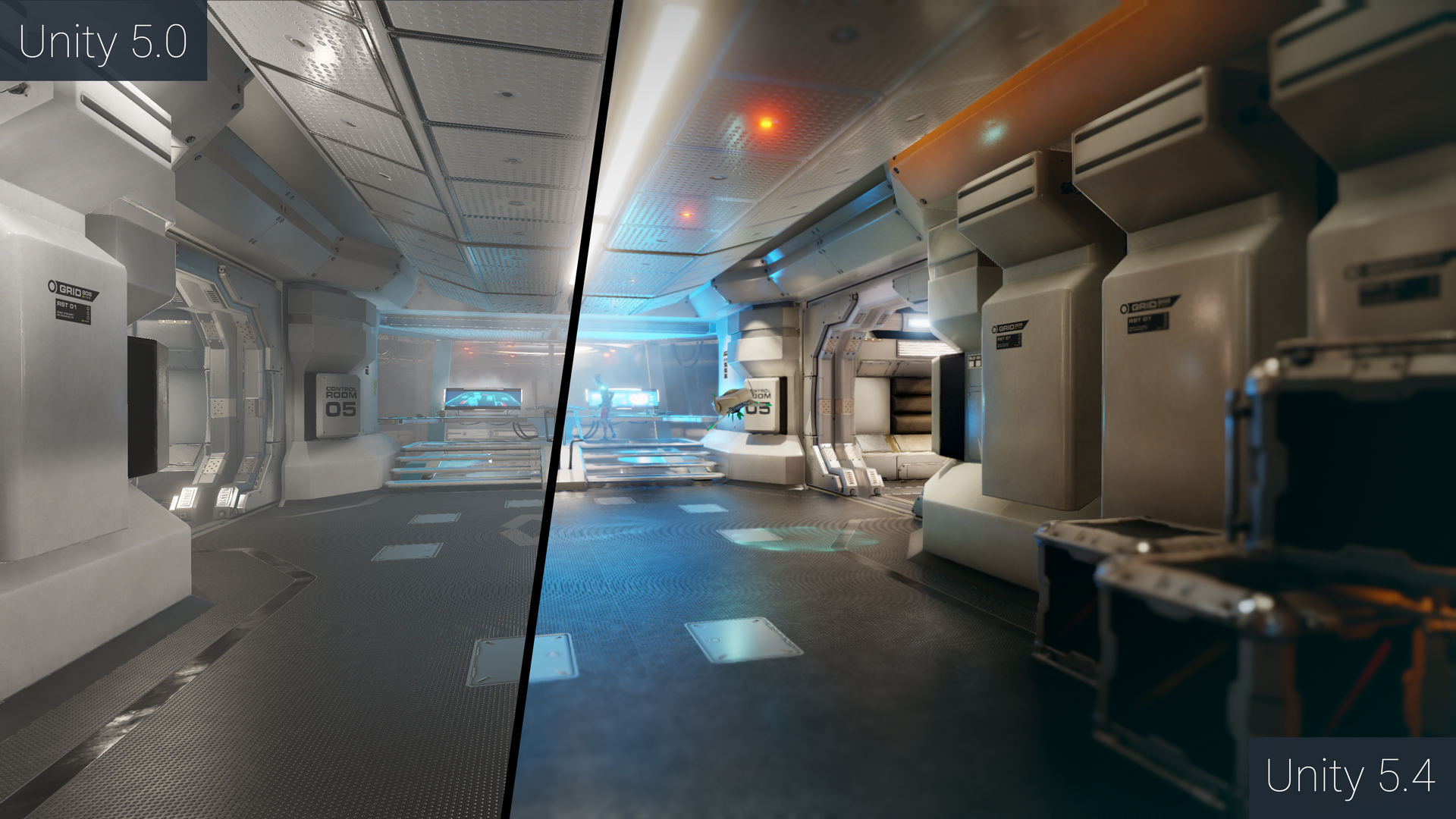How Unity is preparing for the mobile VR revolution
Now supported on 24 platforms, the game engine is virtually everywhere

The gaming landscape looked quite different when TechRadar spoke to John Riccitiello, CEO at game engine Unity, back in June 2015. The HTC Vive and Oculus Rift were still eight months from release, and 2016 was being hyped up as the year that virtual reality would finally meet gamers' expectations.
As Riccitiello told us at the time, though, nobody quite knows just what they want from VR yet – and it's safe to say that still rings true today.
Unity's chief has since warned that it may take until 2020 for VR to be considered a success – at least in terms of sales numbers – as developers get to grips with coding for VR and headset prices begin to fall. That hasn't caused Unity to shy away from VR though, quite the opposite. The game engine now supports 24 platforms, and it can be used to deploy to Oculus Rift, Gear VR, Microsoft HoloLens, and PlayStation VR. Steam VR/Vive support is on the way, and native support for Google's Daydream VR headset is in the works.
To drill deeper into game development and VR, TechRadar spoke to Marcos Sanchez, head of Corporate Communications at Unity. He believes that mobile VR products like Daydream and Samsung's GearVR are going to drive adoption of VR on a global scale. This is, he says, helped along the fact that three billion people own smartphones in 2016 (versus 1.5 billion PCs).
TechRadar: Last year John Riccitiello originally said that 2016 would be the year for VR. He's now said that it's a 'duct tape' year. What do you think he meant by that?
Marcos Sanchez: I don't think John means that VR isn't going to be big this year – it's more about managing expectations. We had a lot of straight line analysis from financial guys who said it's going to be a big year, we'll make all this money from VR and it will be amazing.

The reality is that we have a lot to learn – such as social stuff. That's what John was really talking about, and I also think that him saying this is the year of VR doesn't necessarily mean that VR has matured. But I absolutely will say that this is the year that people start paying attention to VR.
Sign up for breaking news, reviews, opinion, top tech deals, and more.
TR: Smartphones and tablets are clearly not as powerful as PCs, but it's exciting to think what possibilities VR presents on mobile devices, especially combined with controllers.
MS: It's one of these things where smartphones will catch up in power, but then Vive and Oculus will push themselves further. We'll probably be wearing gloves for controllers soon. But I think that mobile will be an entry point for a vast majority of consumers.

I think augmented reality will be equally as important. That's everything from doctors performing surgery to law enforcement and duration. AR is likely to be bigger than VR in the long run – I'd say in around 10 to 15 years.
TR: You'll need a smartphone that matches Google's minimum spec to use its Daydream VR headset. Do you think that will help raise the quality of VR experiences on mobile?
MS: To some extent, but on another level simply having the controller as part of the experience is going to change the way we think about VR on mobile. Having that controller and being able to do that motion really more closely mimics a Rift-Vive-like experience. It's a nice middle ground between GearVR on the one hand, and then Rift on the other.

Google is in a unique position to drive and push innovation in this area because of the fact they're producing Android N and Daydream. They have the (as yet unannounced) minimum spec and an installed developer base that they're working with right now. I think that all of those things combined will really help to push things on further.
TR: VR has been described as a "great place for games studios to fail", but how will smaller studios mitigate the risk should their experimenting not pay off financially?
MS: At the risk of sounding totally self-promoting, Unity is a great way to mitigate the risk. Porting games out to different headsets is one way of spreading risk by having more people on different devices. Another is to think about how you can take existing franchises and extend them into VR, focusing on the 3D experience. VR can then become teaser trailers to see how people react.
TR: Is it easier for game development studios that have been round much longer to create VR titles, as they have built up a Unity asset library over years?
MS: To some extent yes, although we have been putting a lot more emphasis on our Asset Store. We're trying to encourage developers to think of the Asset Store as a place for them to make money, so if we start getting this good momentum of developers creating cool assets then that's a resource for the larger developer community.

I think that will help them compete with the folks who have been doing it for a while and have built up their asset collection. But just because the older guys have had an asset library, it doesn't mean that it automatically translates in the right way for them. They may be a bit ahead but not leaps and bounds,
TR: Unity recently unveiled a new Chessboard UI tool that lets developers create VR content while in virtual reality itself. Is that necessary, or a novelty?
MS: Our Labs group is the one that's focused on thinking about what it means to create VR content. We're not the only ones to adopt this approach, but ours is different as unlike other engines we don't just take the existing UI and slam it into VR.
We wanted to answer the right question, that of "What is the best way to do VR editing?", not "How do we get our product into VR editing?". When you take that approach, it seems glaringly obvious that editing at scenes in VR makes a lot of sense.
TR: How is it done?
MS: Today, developers throw on a headset, look around, take off the headset and then code; repeat. Or they could put the headset on somebody else and ask them to look around and say what they see. Developing in VR, on the other hand, is a bit like modelling a house while you're inside of it.
You can do CAD drawings, but until you're in the house then you won't know that the sofa is in the wrong place. You are able to more quickly and accurately understand an environment you're creating when you're in the middle of it rather than when you're coding and taking a headset on and off.
TR: Developers have to consider the limiting effect cables can have when it comes to PC-connected VR headsets such as the Oculus and Vive. In other words, they have to make sure the player doesn't spin round too much. With VR backpacks now a thing, do you see developers creating 'backpack-friendly' VR titles where restricted movement isn't an issue?
MS: Backpacks are really ideal for specific use cases, like some of the cool new arcade VR experiences from VR creators like The Void out of Salt Lake City. They optimize the whole experience and allow you to move in larger-scale spaces, which you'll be able to take advantage of in their soon to be released Ghostbusters experience.

With the backpack, you can have a more immersive experience that takes advantage of being tethered, allowing you to roam around multiple rooms, while the sensation of wearing a backpack is consistent with the visual stimuli – you're "carrying" a photon backpack. That said, with the increases in processing power and optimizations, it is mobile, such as Samsung Gear VR and the upcoming Google Daydream, that is most likely to give people untethered experiences in the near term.
Long term, the headsets will become more self-sufficient and creative uses of things like WiFi for positioning will remove the need for backpacks. We're still experimenting and the hardware will be continually evolving. It will get there, but it may take a few years.
TR: What are some of your favorite games to have been designed in Unity?
MS: Eagle Flight – it's super cool! It's only on Rift at the moment. You're literally an eagle which in itself is cool, and you're flying through Paris. It's not too close to apocalyptic, but the humans are gone and trees have taken over the city. Unseen diplomacy is a new one that I saw which is cool and makes very good use of space.
I'm also a sucker for Finding Monsters in GearVR – that has a special place in my heart as it was a real "wow!" moment for me. And you have to love Tilt Brush – there's something so cool about drawing in a 3D space.

